Anemone – daughter of the wind, symbol of forsaken love
Other flowers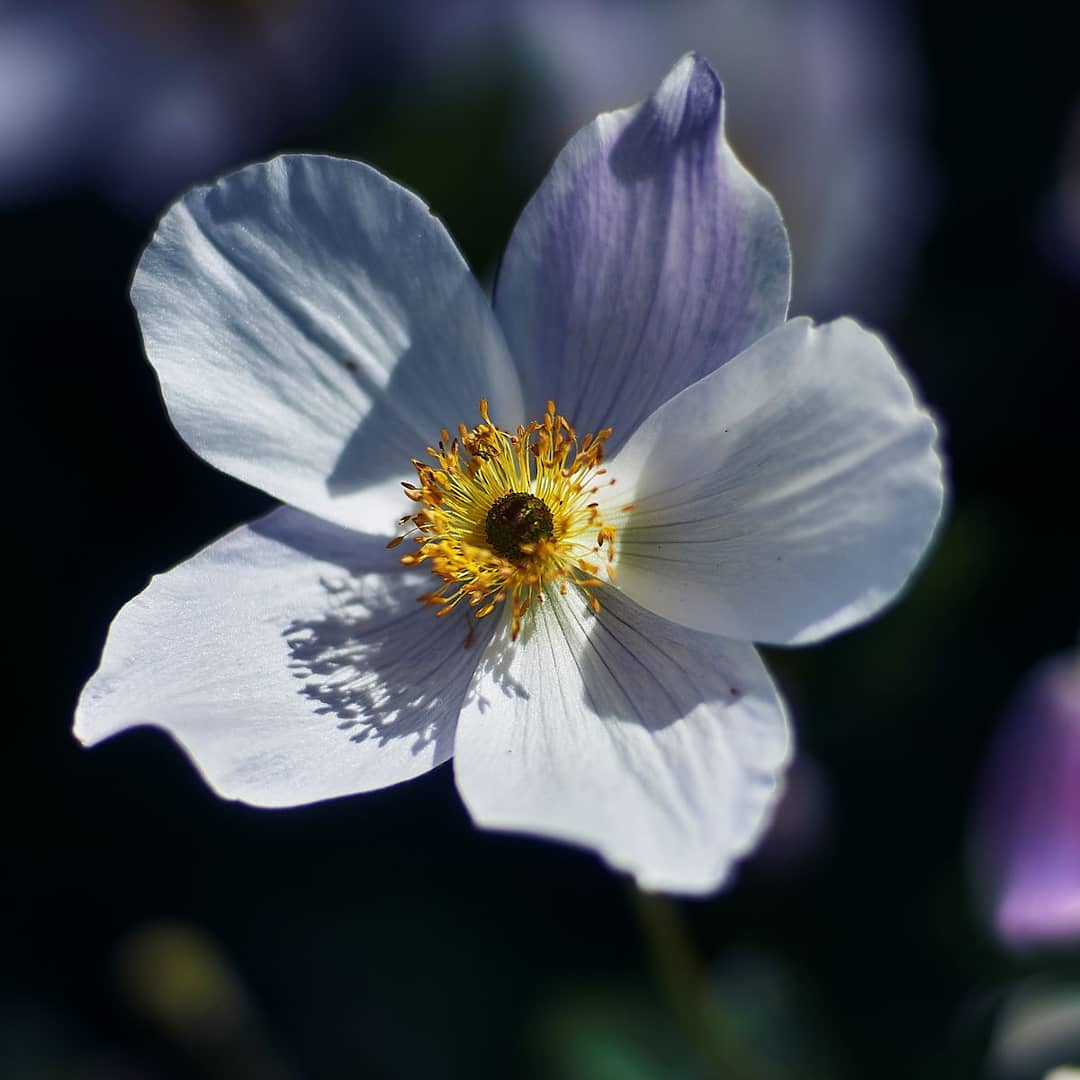
Anemone is a flower with about 200 species and belongs to a Buttercup (Ranunculaceae) family. It is a perennial plant with various shapes and colors, and it does look like a poppy. Anemone is a popular garden plant and blooms in early spring until autumn. This small flower comes from Japan, but we can find in most European countries, and the U.S. It’s also a very popular choice among landscaping specialists and a hot trend in wedding bouquets. Let’s take a deeper look to anemone flower meaning, origins, and other interesting facts.
Anemone name meaning
The name of this flower comes from the Greek word anemōnē which means ‘the daughter of the wind’. It is a compound of the word ánemos (‘the wind god’) and a feminine suffix ōnē (‘daughter’). The first mention of the flower appears in the Metamorphoses of Ovid. He tells a story about the death of Adonis, – the mortal lover of Aphrodite.
Aphrodite fell in love with a handsome young boy named Adonis. For some time their love was so strong, that Aphrodite even stopped caring about her own beauty. Once, she warned Adonis that her other lover Ares, the god of war can transform into a wild beast. She knew that he was jealous about Adonis and will try to kill him.
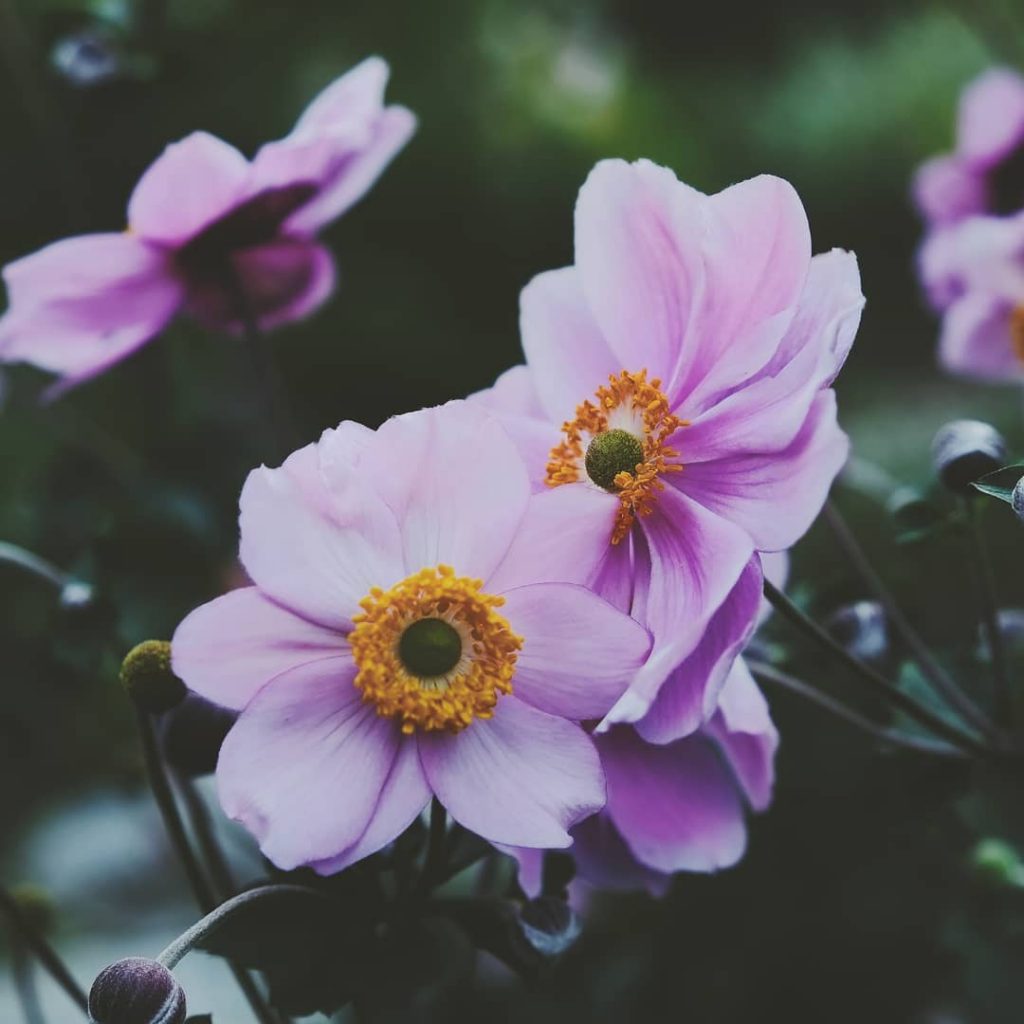
One day during a hunt, Adonis was injured by a wild boar. Aphrodite heard his moans and ran to him. But when she arrived Adonis was already dead. When she saw that she couldn’t help him, she started crying. She cursed fate for taking her lover away from her. While she was holding Adonis in her arms, her tears merged with his blood. Other sources say that she sprinkled Adonis’ blood with sweet nectar. After a while, a tiny and red flower sprouted in the same place. The legend says that anemone flower symbolizes the eternal grief of Aphrodite. It represents Adonis’ life – beautiful, graceful and short-lived.
Anemone also has other names including pasqueflower and windflower. The original name of the windflower refers to the fact that it grows where the wind blows openly. Meanwhile, the term pasqueflower comes from the Old French (pasque meaning easter). Pasque flower is a separate genus and it refers to the easter floral emblems such as Pulsatilla vulgaris and Pulsatilla patens.
Anemone flower meaning
As we’ve mentioned before, the name of the flower comes from the Greek word and means ‘wind flower’. Although the origins of the name are controversial as there is no specific evidence, some researchers claim that the anemone flower meaning refers to its fragility against the wind. They also believe that the flower symbolizes the fragility of life itself.
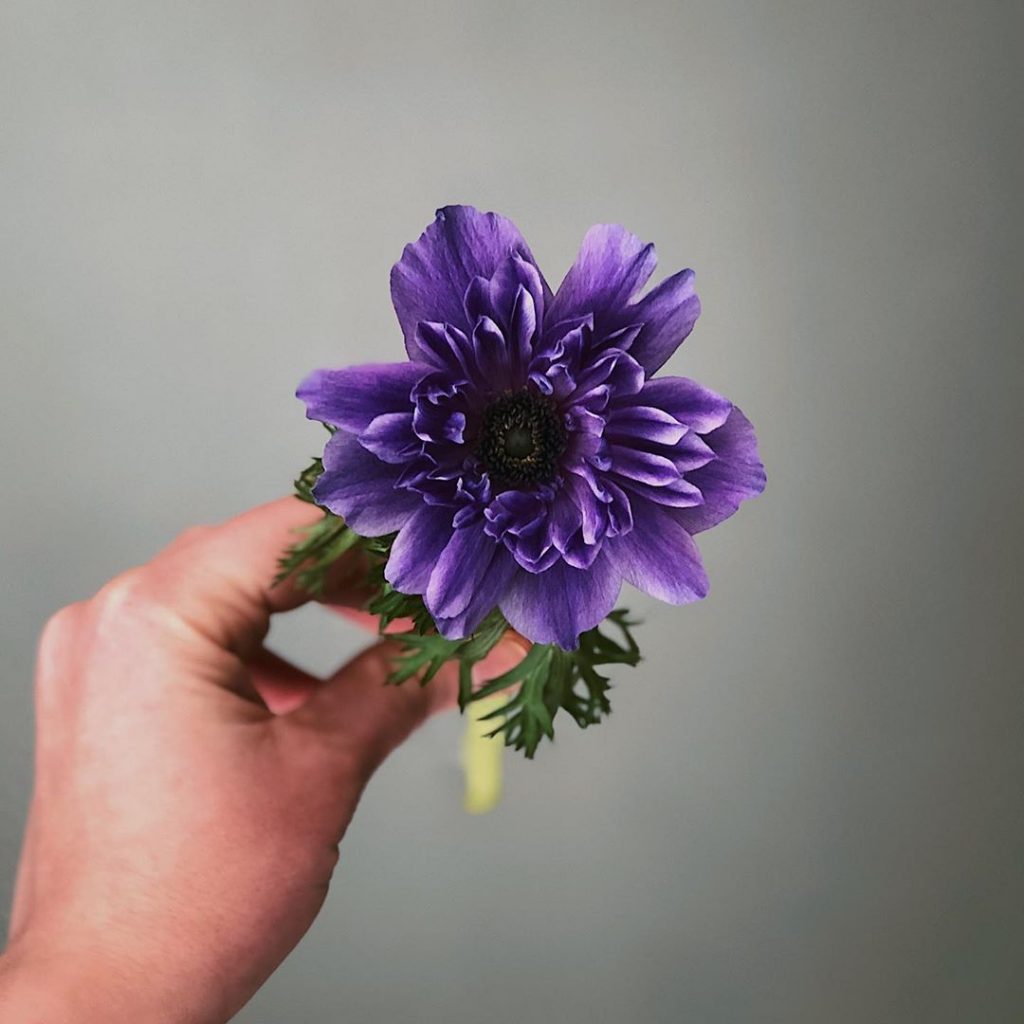
Because of the myth of Adonis and Aphrodite, we also know that anemone symbolizes the death of a loved one. In ancient Greek mythology, it also refers to the beginning of spring, as well as the circle of life. Meanwhile, in the language of flowers, anemone symbolizes a forsaken love.
But the anemone flower meaning varies greatly depending on a different culture. Due to its colors, for ancient Egyptians, these flowers were a symbol of illness. The Etruscans considered anemone flower as an emblem of mourning. In some of the Eastern cultures, anemone may also be a symbol of ill tidings because of the toxicity of some species. Meanwhile, in medieval Europe, peasants used to carry anemone flower as a symbol of protection from pests, disease, and bad luck.
Anemone characteristics
Although anemone looks like and is closely related to the pasque flower (Pulsatilla vulgaris), it is a separate genus. Anemones grow wild in many European countries, in North America and Japan. There are about 200 species that belong to the anemone genus. Researchers believe that its origins are from Japan. But we can find anemone throughout the whole Northern Hemisphere, so it’s almost impossible to track its origins. The anemone flower is bisexual and comes in a variety of colors including white, pink, blue, purple, yellow, green, and red.
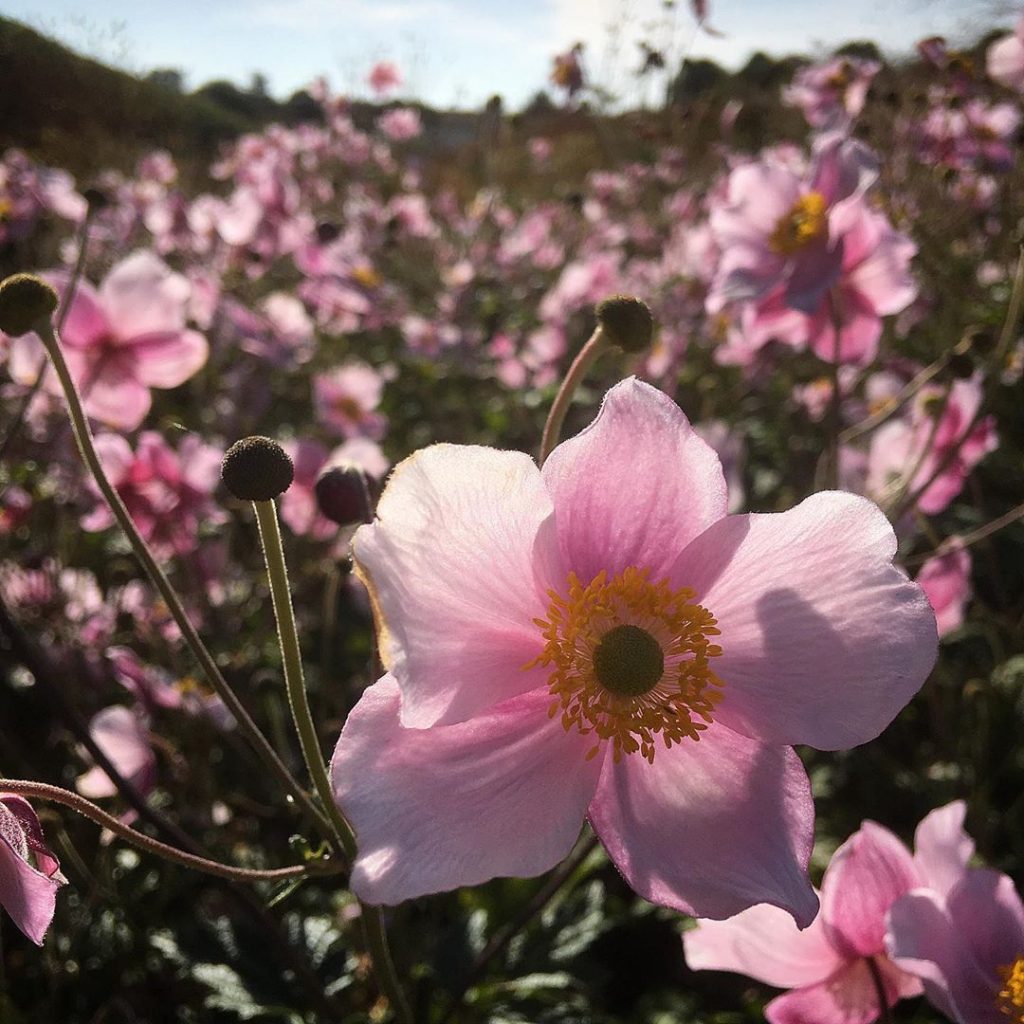
Most of the species are widely used in garden meadows. Among the most popular anemones are the Japanese anemone (Anemone hupehensis) which blooms in autumn. Anemone coronaria which is also known as poppy anemone due to its similar appearance to a poppy. Another popular species is the yellow wood anemone (Anemone ranunculoides). Anemone nemorosa contains poisonous chemicals toxic to humans and animals.
Medicinal uses of the anemone flower
Anemone is a common remedy in traditional folk medicine throughout the world. In the olden days, people used anemones to treat stomach spasms and menstrual pain. The Ancient Romans used the flower to treat bruises and fever. For some people, it also helps to alleviate panic attacks. But there isn’t much scientific evidence proving such features.
Anemone consists of various medicinal compounds including triterpenoid saponins which have anti-cancer activities. Some of the compounds of Anemone has anti-inflammatory, sedative, analgesic, antimicrobial, and antioxidant activities as well. Anemone is also a very common plant used in ethnopharmacology.
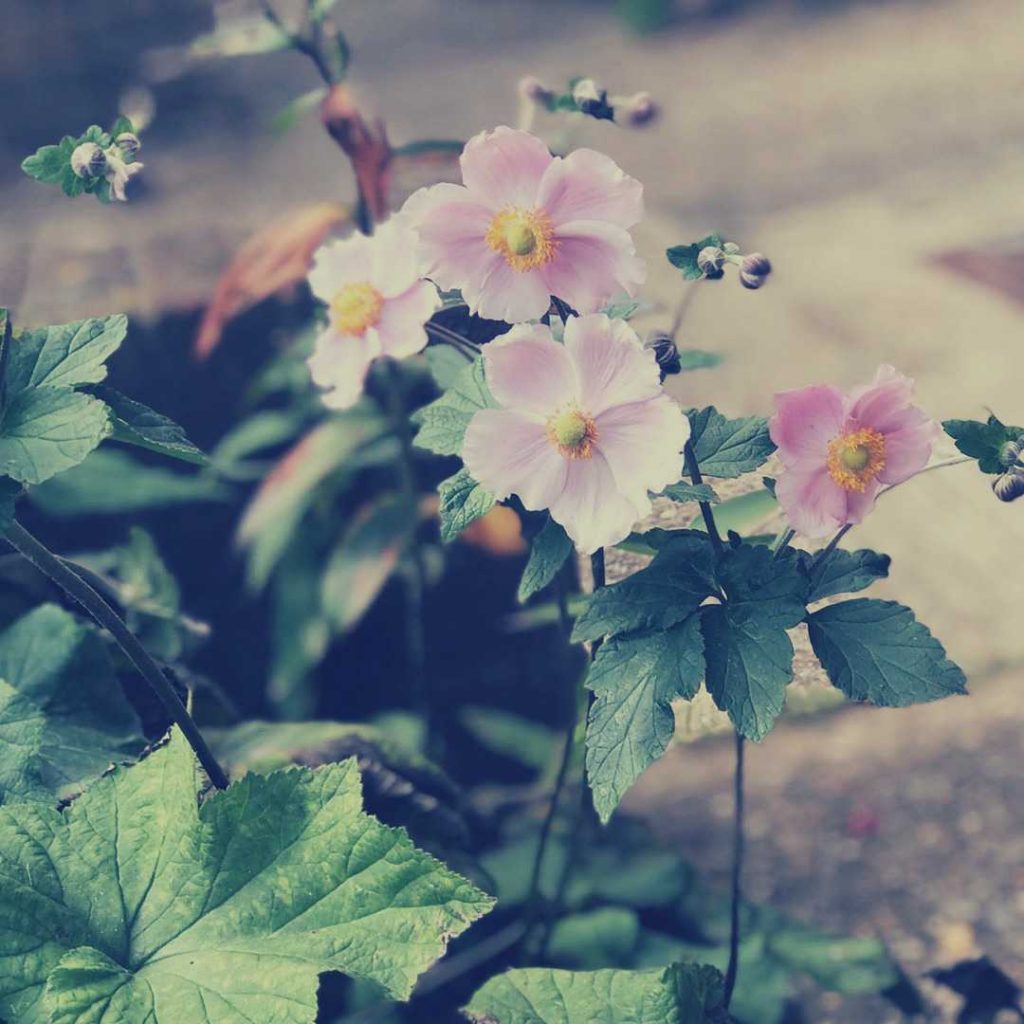
Folk medicine specialists use anemone to treat dysentery, malaria, ulcers, arthritis, hepatitis, and parasitic diseases. In traditional Chinese medicine, Anemone raddeana is used to treat arthritis, and skin problems. The rhizome of the same species is also used to treat epilepsy and neurosis. Another species called Anemone vitifolia, commonly known as wild cotton is used in China to treat various injuries, rheumatism and other diseases.
Anemone is also a common plant in ethnomedicine of India, America, Korea, Europe, and other countries. People use Anemone biflora bulb to treat burns or cuts. In the olden days, they also used the mixture of anemone’s root to treat various eye diseases. In traditional Korean medicine, Anemone is a remedy to treat paralysis and stomach pain.
Cover image via scotgillespie